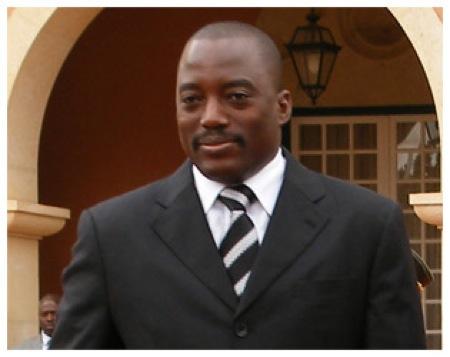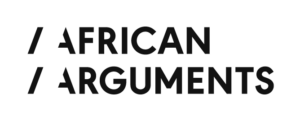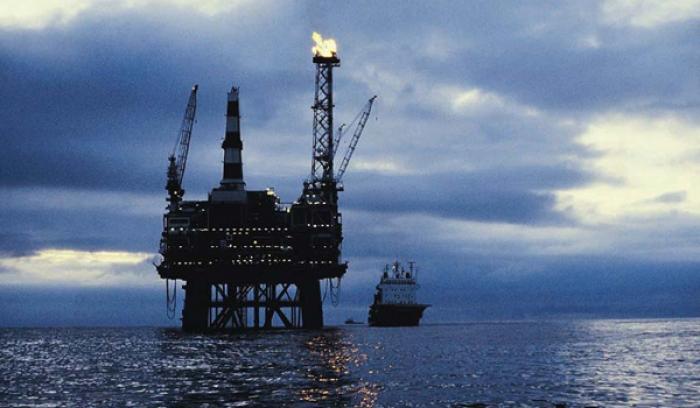Inga III: the giant is awakening – By Franí§ois Misser


Plans for the commencement of construction works on Inga III seem more connected with the political fortunes of President Kabila than a realistic timeframe for the start of works.
Within slightly more than two years, construction work for a third dam and hydropower station should start at the Inga falls on the Congo river in the Bas-Congo province, about 230 km downstream of Kinshasa. At least that is the Congolese government’s intention, expressed on the 17 and 18 May at a Paris conference attended by a number of potential financiers. These included the African Development Bank (AfDB), the World Bank, the Development Bank of Southern Africa (DBSA) and the Agence Franí§aise de Développement (AFD).
According to the Congolese Minister of Water Resources and Electricity, Bruno Kapandji Kalala, construction works will take approximately six years. The project, the total cost of which is estimated by the AfDB at US $12 billion, would generate 4800 MW – more than half (2500 MW) of which will be sold to South Africa.
Inga III, which is the first phase of the far more ambitious Grand Inga project, is one of the New Economic Partnership for African Development’s (NEPAD) flagship projects. It will involve huge works. First of all, part of the flow will be diverted upstream of the existing Inga I (351 MW) and Inga II dams (1424 MW) to a presently dry valley which runs parallel to the Congo riverbed. Further phases would involve the construction of a dam which would entirely bar the course of the Congo River and divert most of the flow towards the Bundi valley and Inga III, whose 100 meter-high wall would enable the production of more electricity by additional turbines, up to 39,000 MW.
The capacity of the project would be almost double what is currently the world’s largest hydroelectric project – the Three Gorges dam on the Yangze Kiang River in China (22 500 MW). The ultimate aim, according to AfDB plans, is to build interconnections or “power highways“ from Inga across the entire continent – not only to Southern Africa but also to Egypt, Nigeria and Ethiopia (which ranks second after the DRC in terms of African hydropower potential).
The schedule for Inga III, however, looks rather challenging. Many participants at the Paris conference got the feeling that the timing has been more inspired by Kabila’s political agenda than by technical and financial constraints. Observers noted that the date fixed for the start of the work is just one year ahead of the forthcoming presidential election, scheduled for late 2016. But a number of difficult conditions must be met before the bulldozers start operating.
Firstly, the entire design of the project must still be fine-tuned; even though Electricité de France and the US-Canadian consultants RSW International have just completed a $15 million study of the development of the site, financed by the AfDB. Last June, the AfDB and the Congolese government signed two agreements for a total $5.25 million in order to set up the structure of the project. Distinct project, transport and power marketing companies still need to be created. Besides, technical studies on Inga III must be carried out and tenders on the infrastructure, electro-mechanical supplies and power line installation need to be launched.
Thus far, the Congolese and South African governments have initialled a bilateral treaty for the development of the Grand Inga project, which must still be ratified by both parliaments. The transit countries of the high power line, namely Zambia and Zimbabwe, which will bring the electricity from Inga to Witkop, 3,600 km to the South in the Cape Province, will also have to be among the stakeholders.
In Congo itself, civil society organisations (such as the Coalition for Reforms and Public Actions) want to be sure that this time, the electricity produced by the Inga project, will be of benefit to the regions crossed by the high power line. There is enormous frustration in Western Kasai and Bandundu provinces because the Inga-Katanga high power line (which was built in 1982), passes through without providing any power to these regions.
The other challenge, of course, is the funding of the project. For the ex-CEO of the Société Nationale d’électricité, Noí«l Vika di Panzu, the only possible option is a public private partnership – owing to the large size of the project, which represents more than twice the volume of the European Union’s investments in infrastructure in Africa over a five year period.
The stakes are so considerable that three consortia are competing to build Inga III. One is formed by Sinohydro and the Three Gorges Corporation of China, which can boast the experience acquired in the construction of the huge dam on the Yangze River. The second group is made up by Posco and Daewoo of South Korea in association with the Canadian engineering firm, SNC-Lavalin. Spain’s Actividades de Construccion y Servicios, Eurofinsa and AEE are also, reportedly, in the initial stages of developing a proposal.
The Chinese are, however, in pole position because these corporations boast the backing of powerful financial institutions such as the China Development Bank or the Eximbank of China and also because another Chinese company, the China Power Investment Corporation (CPIC), is profiling itself as a client which would guarantee the financial viability of the project. CPIC has indeed proposed to the Congolese government that it will build an aluminium smelter near Inga III, which would benefit from the very competitive energy of the dam (2 to 3 dollar cents per kwh) to process bauxite from Guinea-Conakry.
Inga III and the entire Grand Inga project are increasingly perceived by donors as able to provide considerable services to address the challenges of climate change and deforestation by providing clean energy as a substitute to the more expansive South African coal thermal plants and charcoal – which is currently the main product used for cooking in DRC.
The Congolese authorities do not waste any opportunity to develop interest for the project worldwide. In early June, the Minister of International Cooperation, Raymond Tshibanda asked his Japanese colleague, Fumio Kishida, for a contribution to the funding of Inga III during the Tokyo International Conference on African Development (TICAD), which took place in Yokohama.
Franí§ois Misser is a French independent journalist and author of several books on Central Africa including (French only) La saga d’Inga, just published by l’Harmattan (Paris).







[…] Plans for the commencement of construction works on Inga III seem more connected with the political fortunes of President Kabila than a realistic timeframe for the start of works.Within slightly more than two years, construction work for a third… […]